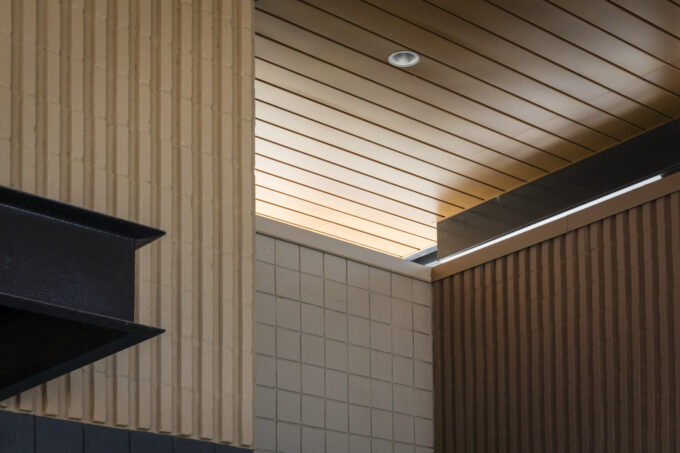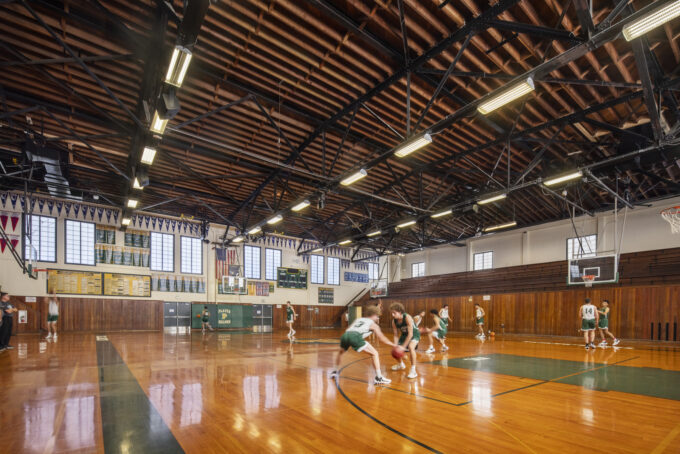In my line of work, it’s hard not to be consumed by the reality of carbon. In the spring, I traveled to Spain with my teenager’s soccer team. There is nothing like a long-haul, transatlantic flight and touring centuries-old buildings to make a person really contemplate the amount of carbon in the atmosphere and the subsequent consequences.
While a day doesn’t go by when I don’t think about carbon and its impacts on the environment we inhabit, sometimes I forget this isn’t an issue that everyone else is thinking about, in fact, there are still many people who aren’t even aware of the issues. While many have come to accept the idea of climate change, there are still too many people who don’t realize the rising temperatures around the globe are due, in large part, to the amount of carbon in the atmosphere. These rising temperatures are melting the polar ice caps, leading to higher sea levels, and a change in ocean water temperatures around the globe. These changes result in the weather extremes we all face in some form. Anything from higher high and lower low temperatures, stronger hurricanes, the shifting of tornado alley, drought, fire, flood – everyone is affected in one way or another.
Since the Industrial Revolution, we have seen changes in our atmosphere like never before in history. The technological advances in the past century, combined with our love affair with the conveniences they provide, have resulted in an unprecedented amount of carbon in the atmosphere. This carbon acts like a blanket allowing the sun’s rays to warm things up, but then trap them in our atmosphere, keeping things warm. The population boom exacerbates the issue.
My trip to Spain just so happened to coincide with the submission of HMC’s 10th annual AIA 2030 Commitment Report. This year we not only reported on the predicted energy use in the projects we design, or operational carbon, but for the first time, we also reported on embodied carbon for 56 percent of our projects. In the decade+ since the AIA first asked member firms to start reporting on the predicted energy use in their portfolios the level of awareness around operational carbon has increased significantly. Some of the world’s largest (and smallest) firms have made huge strides in the amount and types of energy used in new buildings. These efforts have put a spotlight on a different type of carbon, embodied carbon, the type of carbon that is attributed to the extraction, manufacturing, and transportation of materials for use in building construction and renovations. This spotlight has put pressure on manufacturers of building materials to account for, and change, the way they do business.
At HMC, our Design for Good motto means we are always looking to improve our design process and the impact we have on our communities. This new focus on embodied carbon is changing the way we design projects. The amount of embodied carbon in a material or product depends on many factors – what it’s made of and the manufacturing process are a big component, but you also need to consider where the materials come from and the distance and transportation mode to the project site, along with the life expectancy of the material. According to Underwriters Laboratory, the building structure can account for up to 80 percent of its total embodied carbon. With this in mind, we are talking with our structural engineering partners about embodied carbon modeling. Alongside the cost of our structural systems, we need to evaluate the embodied carbon impact as part of an informed decision-making process. We are also using the embodied carbon lens to evaluate building enclosure systems and interior materials. The decisions we make as designers, architects, and engineers in the building industry matter. Cost has always been a huge factor in material selection, we need to use a more thoughtful, inclusive set of factors in our criteria to make better-informed decisions.
Thanks to the work of AIA California, in partnership with a number of organizations, the State of California is also taking a stand against embodied carbon emissions, becoming the first state in the nation to adopt mandatory measures in the building code to reduce embodied carbon. In August, the California Building Standards Commission (CBSC) voted unanimously to extend the Buy Clean California Act, previously only applicable to public works projects, to cover more material types and greatly increase the projects that need to comply. This new code change goes into effect July 01, 2024, impacting commercial projects larger than 100,000 SF and school projects larger than 50,000 SF.

Photo by: Lawrence Anderson
HMC Architects recently completed the Del Oro High School in Bakersfield, CA where the primary structure was a locally sourced concrete block. This material choice not only supports the local economy, it also notably reduces the amount of embodied carbon associated with the project. The carbon associated with transportation was significantly reduced and it eliminates the need for additional skin material, acting as both the structural system and the exterior skin. While there may have been other structural systems that reduced the embodied carbon emissions even more, this solution was a great option for this project, in this location, for this client. Operational carbon was also a priority with this project. With a focus on reduced energy use, offset with an onsite photovoltaic system, this project is also designed to be Zero Net Energy. We will be closely monitoring the energy use versus generation during this first year of operations to confirm the Zero Net Energy target is achieved.

Using locally sourced material can help reduce embodied carbon \\ Photo by: Lawrence Anderson
Embodied carbon and Life Cycle Analysis (LCA) modeling of structural systems is critical to inform design decisions. Another, and arguably better, way to reduce embodied carbon is the reuse of an existing structure. Adaptive reuse and building retrofits allow for a greatly extended life span, breathing new life into a building and the resources already invested there. At Placer High School in Auburn, CA, the HMC team worked with Placer Union High School District to renovate the Earl Crabbe Gymnasium, originally built in 1936. Reinvesting in this existing structure allows us to preserve the history of this place and reduce the embodied carbon associated with a new construction project.

Photo by: Chip Allen

Photo by: Chip Allen
Climate Scientist Katherine Hayhoe first introduced me to the idea of a climate shadow versus a climate footprint. Your carbon footprint takes into account the energy you are using in any given activity, but your climate shadow goes even deeper. In an article for MIC, Emma Pattee says, “Think of your climate shadow as a dark shape stretching out behind you. Everywhere you go, it goes too, tallying not just your air conditioning use and the gas mileage of your car, but also how you vote, how many children you choose to have, where you work, how you invest your money, how much you talk about climate change, and whether your words amplify urgency, apathy, or denial.” (Pattee 2021). I feel fortunate to be surrounded by people and companies that are not only conscious about their own carbon footprint, but also work day in and out to minimize carbon in the design and operations of the buildings we help bring to reality. Whether it is architects and engineers encouraging building owners to go all-electric while looking for innovative ways to reduce the amount of total energy used or product manufacturers reinventing the way they have done business in the past to not only reduce the embodied carbon in their products but in some cases even sequester carbon once their products are in use. These are the types of innovative changes we need more of to help solve the climate crisis.
The day before we left for Spain, Netflix dropped the first season of Unstable where Rob Lowe, as Ellis Dragon, works to curb the carbon issue by creating a concrete that stores carbon from the atmosphere. I can’t say if their science is anywhere near correct, but I am a believer that some of the answers to this problem are yet to be discovered. While Rob Lowe likely doesn’t have all the answers, there are incredibly smart people thinking about and working on actual solutions. Whether it ends up being one big solution or a combination of many small solutions, the answer is out there. In the meantime, there is a lot we can do, both personally and professionally, to make a difference.

